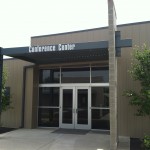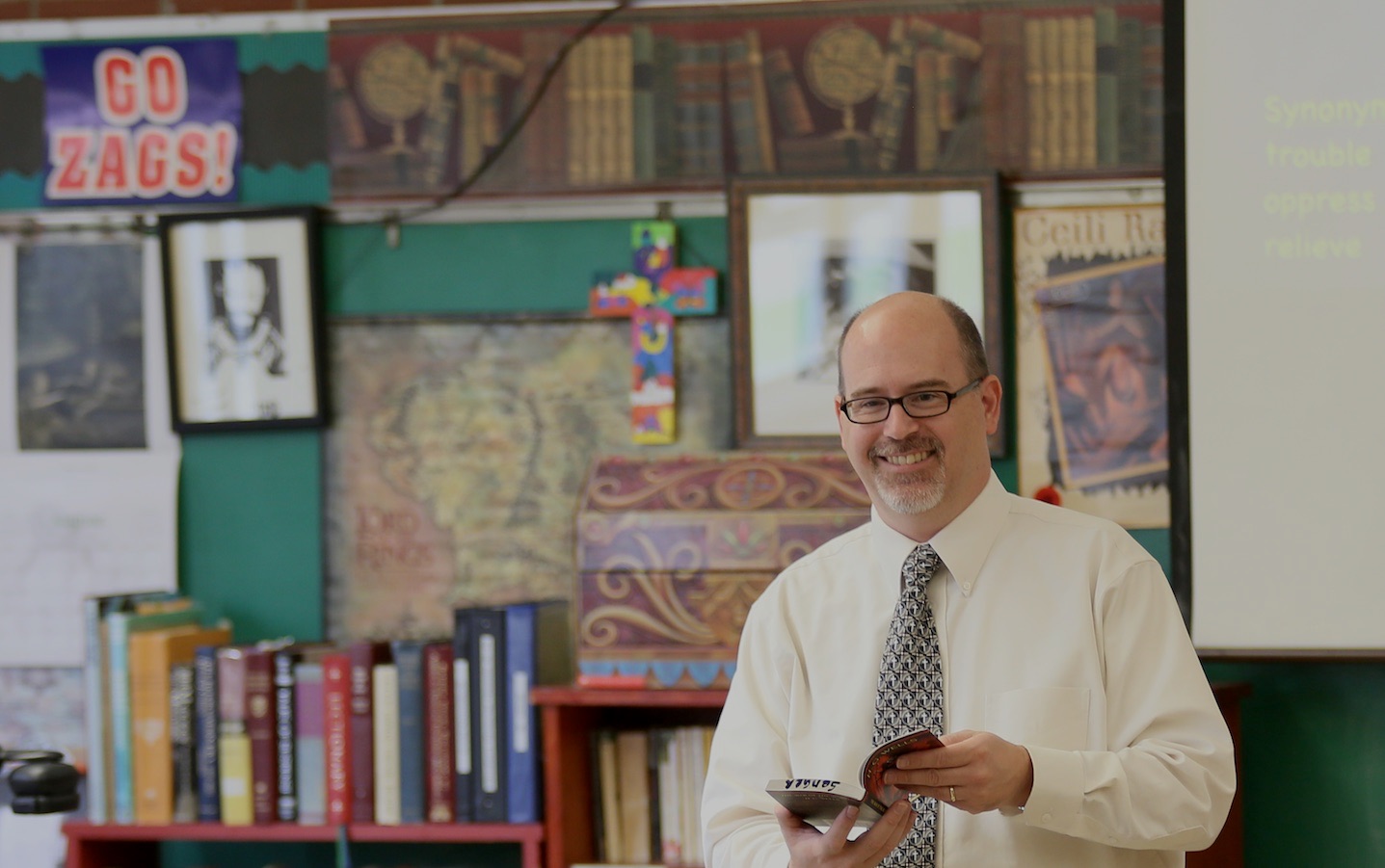 After eight months of using the iPad, I had the chance yesterday to learn about and use the iPad 2. The local school district sponsored a workshop called iPad for Educators: Batteries Included, and a new iPad was included in the cost of the class. The title of the workshop was slightly misleading, however. I was expecting to be shown how the iPad could be used as a teaching tool, but a better title would have been iPad for Beginners, since the majority of the time was spent on giving us a basic introduction to the device and its built-in apps. Towards the end of the class, though, I did learn about some apps I hadn’t seen or tried before. The school district plans on a follow-up course in August that will be more focused on using the iPad in the classroom.
After eight months of using the iPad, I had the chance yesterday to learn about and use the iPad 2. The local school district sponsored a workshop called iPad for Educators: Batteries Included, and a new iPad was included in the cost of the class. The title of the workshop was slightly misleading, however. I was expecting to be shown how the iPad could be used as a teaching tool, but a better title would have been iPad for Beginners, since the majority of the time was spent on giving us a basic introduction to the device and its built-in apps. Towards the end of the class, though, I did learn about some apps I hadn’t seen or tried before. The school district plans on a follow-up course in August that will be more focused on using the iPad in the classroom.
Here are a few of my takeaways from the workshop:
- I like the fact that the iPad’s mute button can be programmed to lock the orientation of the device.
- The new iPad can be connected to a projector and everything you see on the iPad can be shown on a screen. With the first iPad, only certain apps could be projected.
- There are two great free books in the iBooks store for new owners of the iPad: iPad User Guide for iOS 4.3 by Apple, and iPad 2 Starter Guide by Macworld Editors.
- TapQuiz Maps World Edition is a must-have app for social studies teachers.
- Scan is a basic app for reading QR codes. QR codes are interesting, but I don’t see them being used in elementary schools until cell phones are allowed in class–which won’t happen anytime soon.
- I don’t know why I never tried Dragon Dictation before, but what a great app. Speak an email or a Twitter or Facebook update, dictate notes to yourself and copy and paste the text anywhere you want.
- With Air Sketch Free you can turn your iPad into a wireless whiteboard by projecting live sketches to a local computer over WiFi.
- iTunes U has really grown in content since the last time I visited it. The Khan Academy is a featured institution now, and there is a growing collection of free open textbooks. I downloaded one called English Grammar in Context that is really quite good.
As I continue to use the device I’ll post more about how I think it could be used specifically in Catholic classrooms.
